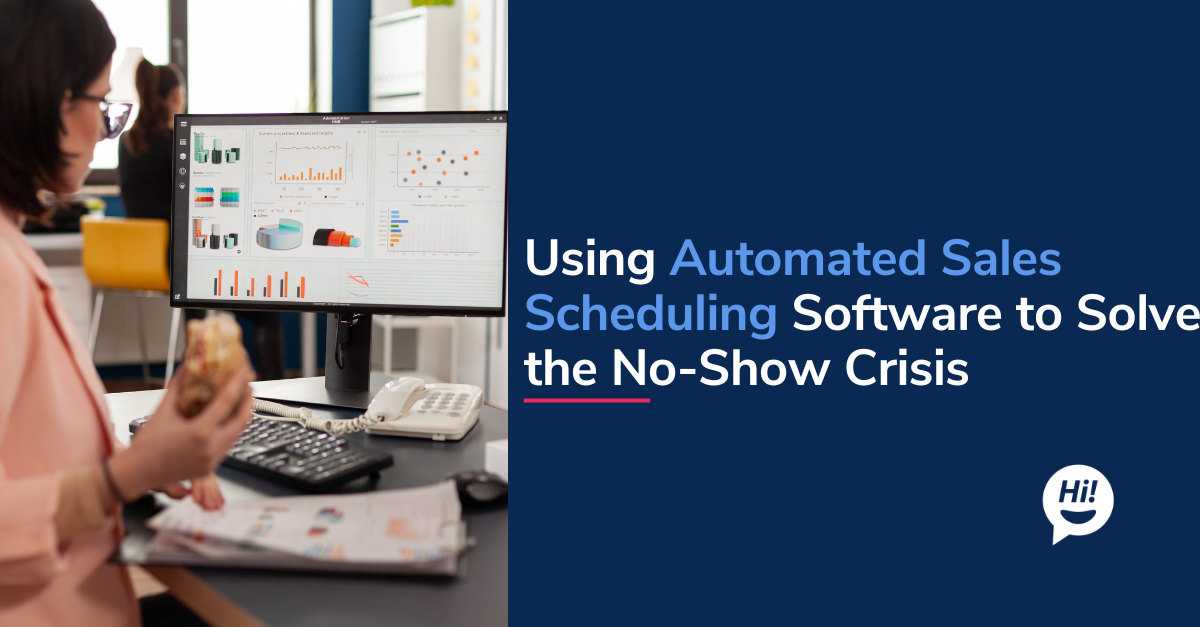Everyone deserves equal access to information and resources. This includes people with disabilities who may use assistive technologies to navigate websites. Website accessibility ensures that everyone can experience your website's content and functionality regardless of ability.
The Americans with Disabilities Act (ADA), a landmark civil rights law, also extends to the digital sphere. While no specific regulations dictate how websites must be accessible, the ADA emphasizes non-discrimination in access to information and communication. This means businesses with websites open to the public need to consider website accessibility.
What Businesses Need to Know About ADA Compliance
ADA compliance signifies that a website, facility, or service aligns with the standards outlined in the Americans with Disabilities Act (ADA) and Section 508
The Legal Landscape: ADA and Your Website
The Americans with Disabilities Act (ADA) is a civil rights law prohibiting discrimination based on disability. While the ADA doesn't outline specific website accessibility standards, it emphasizes equal access to information and communication. This means public websites need to be usable by everyone, regardless of ability.
Courts have interpreted the ADA to apply to websites, making website accessibility a potential legal concern for non-compliant businesses.
Beyond Legal Compliance: The Benefits of ADA Compliance
There are many compelling reasons for businesses to prioritize website accessibility, extending far beyond just legal considerations:
Improved Brand Image and Customer Satisfaction: A website that everyone can use demonstrates your commitment to inclusivity and builds trust with a broader customer base. Satisfied customers with disabilities are more likely to return and recommend your business.
Increased Market Reach: People with disabilities represent a significant portion of the online population. By making your website accessible, you tap into a new market segment and expand your potential customer base.
Potential SEO Benefits: Search engines consider website accessibility in their ranking algorithms. A well-structured and accessible website can improve your search engine ranking and drive organic traffic.
WCAG: Your Guide to Accessibility
Aiming for WCAG Level AA compliance is a practical and achievable goal for most businesses. This level provides a solid foundation for website accessibility and caters to many users with disabilities.
Navigating Accessibility with WCAG
The Web Content Accessibility Guidelines (WCAG) are internationally recognized guidelines developed by the World Wide Consortium (W3C) to make web content more accessible to people with disabilities. Think of WCAG as a roadmap for creating an inclusive website experience.
It's important to understand that WCAG doesn't provide official certification for ADA compliance. However, following WCAG guidelines strongly indicates that your website is likely on the right track toward ADA compliance.
Choosing Your Level of Accessibility: WCAG Levels Explained
WCAG offers different levels of accessibility compliance, categorized as A, AA, and AAA. Each level builds upon the previous one, incorporating stricter accessibility requirements. Here's a quick breakdown to help businesses decide:
Level A (Basic): This is the starting point, ensuring basic accessibility features like providing alternative text for images and using proper keyboard navigation.
Level AA (Recommended): Most businesses' widely recommended target level. It addresses a broader range of accessibility needs, making your website usable by a larger audience with disabilities. Features include color contrast requirements, compatibility with screen readers, and a clear website structure.
Level AAA (Enhanced): This level offers the most comprehensive accessibility guidelines, addressing specialized needs and complex user scenarios. While commendable, achieving AAA compliance can be resource-intensive and unnecessary for all businesses.

Making Your Website ADA Compliant: Practical Steps
Here are some steps you can implement to ensure your business website is ADA-compliant.
Building Accessibility into Your Website
Transforming your website into an accessible space can be achieved by focusing on the key features:
Screen Reader Compatibility: Ensure your website structure and content can be interpreted and relayed accurately by screen readers used by visually impaired users.
Keyboard Navigation: Your website should be fully navigable using just the keyboard, allowing users who cannot use a mouse to access all functions and content.
Alternative Text (Alt Text) for Images: Provide clear and descriptive text descriptions for all images on your website. This allows screen readers to convey the image's content to visually impaired users.
Clear Website Structure: Maintain a logical and organized website structure with clear navigation aids. This makes it easier for users with cognitive disabilities to understand and navigate your website.
Accessibility Tools and Resources: Making it Easier
Fortunately, numerous free and paid tools and resources can assist you in evaluating and improving your website's accessibility:
Web Accessibility Evaluation Tools: Free online tools like WAVE or WebAIM's WCAG checker can identify accessibility issues on your website.
Accessibility Testing Services: Professional services offer in-depth website audits and recommendations for accessibility compliance.
Keeping Your Website Accessible: A Continuous Journey
Website accessibility is an ongoing process. As your website evolves with new content and features, it's crucial to maintain accessibility. Here's how:
Integrate Accessibility into Your Development Process: Consider accessibility from the beginning of website development and content creation.
Regular Testing and Monitoring: Use accessibility testing tools periodically to identify and address any accessibility barriers introduced by updates or new content.
Focusing on these practical steps can create a more inclusive website experience for everyone, demonstrating your commitment to a wider audience and boosting your brand image and market reach.
Final Word…
In today's digital age, website accessibility is no longer an option; it's a necessity. By making your website accessible to everyone, regardless of ability, you not only comply with potential ADA regulations but also reap a multitude of benefits.
A well-designed, accessible website fosters inclusivity, expands market reach, and improves brand image. Following WCAG guidelines and implementing practical accessibility features ensures a user-friendly experience for all.
While not mandatory for ADA compliance, the Voluntary Product Accessibility Template (VPAT) can be a helpful tool for businesses to self-report the accessibility of their website. This document demonstrates your commitment to accessibility and can be a valuable resource for users with disabilities.
Remember, creating an accessible website is an ongoing process. By integrating accessibility into your development workflow and regularly monitoring your website, you can ensure a truly inclusive online space for all visitors.
To learn more about Botsplash click the button below to schedule a demo with our team.







